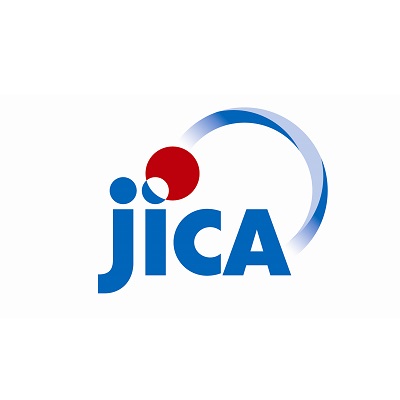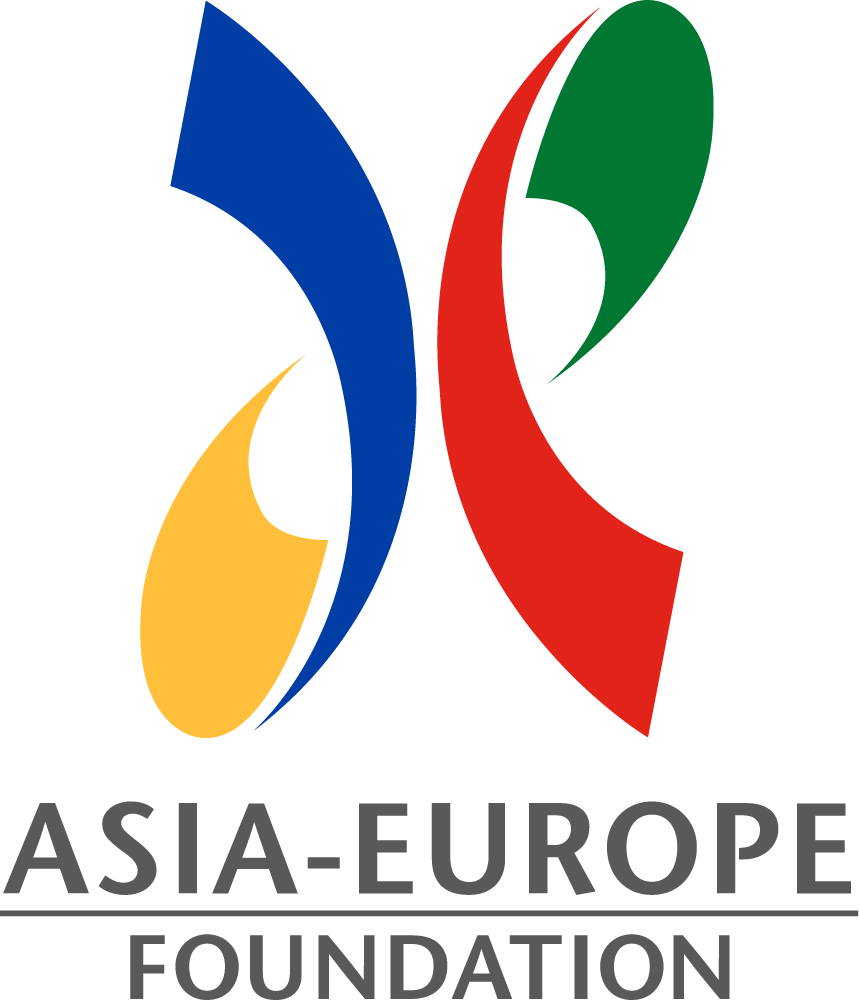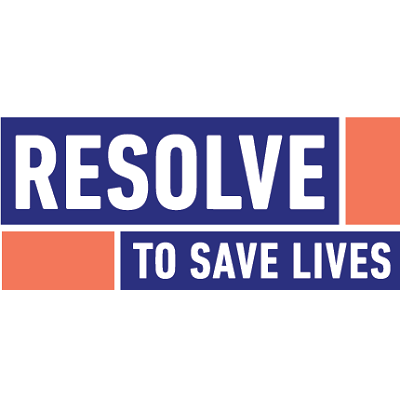WHO counts on the support of over 800 collaborating centres to do its mandated work and implement its programmes. To find out what these WHO collaborating centres are and their area of work with WHO please visit the database. You can also learn more about the WHO collaborating centres here.
Neighbouring Countries




27 - 30 October 2025
15 - 16 October 2025
22 - 26 September 2025
10 - 11 April 2025
14 - 14 September 2023
29 - 30 August 2024
25 - 25 March 2024
10 - 12 September 2024
21 - 23 November 2023
Conducted
2023
Strategic Toolkit for Assessing Risks
Ground Crossing
Port
Airport
No Data!
N/A
2023
AMR Self Assessment
No Data!
MPC
Multisectoral Preparedness Coordination
Universal Health Coverage
Sustainable Development Goals
SDG Target 3.b
SDG Target 3.c
SDG Target 6.2
Others
Conducted
2025
NAPHS
Published Plans in or before 2009
Influenza Plan
N/A
AMR PLAN
Public Health Emergencies Preparedness
-
 Asian Development Bank (ADB)
Asian Development Bank (ADB) -
 Asian Infrastructure Investment Bank (AIIB)
Asian Infrastructure Investment Bank (AIIB) -
 PIP Framework
PIP Framework -
 Japan International Cooperation Agency (JICA)
Japan International Cooperation Agency (JICA) -
 Asia-Europe Foundation (ASEF)
Asia-Europe Foundation (ASEF) -
 Resolve to Save Lives
Resolve to Save Lives
-
This project is proposed to be supported under AIIB’s COVID-19 Crisis Recovery Facility and co-financed with the Asian Development Bank (ADB) for the procurement of vaccines eligible under ADB’s Asia Pacific Vaccine Access Facility (APVAX) program. The project will provide critically needed vaccines to assist the Government of the Philippines in mitigating adverse health, social, and economic impacts caused by the COVID-19 pandemic.
-
This project is proposed to be supported under AIIB’s COVID-19 Crisis Recovery Facility and co-financed with the Asian Development Bank (ADB) for the procurement of vaccines eligible under ADB’s Asia Pacific Vaccine Access Facility (APVAX) program. The project will provide critically needed vaccines to assist the Government of the Philippines in mitigating adverse health, social, and economic impacts caused by the COVID-19 pandemic.
-
This project is proposed to be supported under AIIB’s COVID-19 Crisis Recovery Facility and co-financed with the Asian Development Bank (ADB) for the procurement of vaccines eligible under ADB’s Asia Pacific Vaccine Access Facility (APVAX) program. The project will provide critically needed vaccines to assist the Government of the Philippines in mitigating adverse health, social, and economic impacts caused by the COVID-19 pandemic.
-
This project is proposed to be supported under AIIB’s COVID-19 Crisis Recovery Facility and co-financed with the Asian Development Bank (ADB) for the procurement of vaccines eligible under ADB’s Asia Pacific Vaccine Access Facility (APVAX) program. The project will provide critically needed vaccines to assist the Government of the Philippines in mitigating adverse health, social, and economic impacts caused by the COVID-19 pandemic.
-
To establish and strengthen influenza surveillance systems, knowledge and capacities for a timely and appropriate response to pandemic influenza
-
Knowledge Co-Creation program (Online Training):To disseminate the acquired knowledge/skills on laboratory diagnosis and monitoring of HIV/AIDS and other related infectious diseases, laboratory management system including data management and effective surveillance system to the organizations to which the participants belong, and to strengthen the global cooperation among participants.
-
Knowledge Co-Creation program (Online Training):To disseminate the acquired knowledge/skills on laboratory diagnosis and monitoring of HIV/AIDS and other related infectious diseases, laboratory management system including data management and effective surveillance system to the organizations to which the participants belong, and to strengthen the global cooperation among participants.
-
To analyse and understand the various plans used for risk communication during the COVID-19 pandemic. Coverage: Asia and Europe
-
Knowledge Co-Creation program (Online Training):Participants acquire the knowledge and skills for achieving UHC, for monitoring and evaluation methods of TB control, for identifying major problems of their national TB control program and for developing a proposal to strengthen that program based on The End TB Strategy.
-
A rabies prevention and treatment network model based on the One Health approach by public health, veterinary medicine and epidemiology is established to assist the Philippines in the elimination of rabies.
-
To analyse and understand the various plans used for risk communication during the COVID-19 pandemic. Coverage: Asia and Europe
-
To provide 70 cities with technical and financial assistance to respond to COVID-19
- Antimicrobial Resistance
- Immunization
- National Legislation, Policy and Financing
- National Laboratory System
- Reporting
- Preparedness
- Points of Entry (PoEs)
- Radiation Emergencies
- National Institute of Infectious Diseases (NIID)
- AFENET
- Africa Centres for Disease Control and Prevention (Africa CDC)
- African Society for Laboratory Medicine (ASLM)
- Argentina, National Food Safety and Quality Service (SENASA)
- Asia-Europe Foundation (ASEF)
- Asian Development Bank (ADB)
- Australia
- Australia, Department of Foreign Affairs and Trade (DFAT)
- Austrian Development Agency (ADA)
- BDC
- Bill & Melinda Gates Foundation (BMGF)
- Brazil, Ministry of Agriculture, Livestock, and Supply (MAPA)
- Coalition for Epidemics Preparedness Innovations (CEPI)
- Danish International Development Agency (DANIDA)
- Deutsche Gesellschaft für Internationale Zusammenarbeit (GIZ)
- Ending Pandemics
- EpiAFRIC
- EPPR
- European Union
- FAO Emergency Centre for Transboundary Animal Diseases (ECTAD)
- Fleming Fund
- French Embassy
- Fundación Maris Llorens
- GAVI, The Vaccine Alliance
- Global Affairs Canada (GAC)
- International Association of National Public Health Institutes (IANPHI)
- International Federation of Red Cross and Red Crescent Societies (IFRC)
- International Regional Organization for Agricultural Health (OIRSA)
- Japan International Cooperation Agency (JICA)
- Japan International Cooperation System (JICS)
- Lions Clubs International
- Mekong Basin Disease Surveillance (MBDS)
- National Center for Global Health and Medicine (NCGM)
- Norwegian Institute of Public Health (NIPH)
- PIP Framework
- Resolve to Save Lives
- Swiss Agency for Development and Cooperation (SDC)
- The Service for the National Health for Food Safety and Food Quality (SENASICA)
- U.K, Department for International Development (DFID)
- U.N. Food & Agriculture Organization (FAO)
- U.S. Agency for International Development (USAID)
- U.S. Defense Threat Reduction Agency (DTRA)
- U.S. Department of Agriculture (USDA)
- U.S. Department of Defense (DoD)
- UK Health Security Agency (UKHSA)
- United Nations Children's Fund (UNICEF)
- United States Centers for Disease Control and Prevention (U.S. CDC)
- World Bank
- World Health Organization (WHO)
- World Organisation for Animal Health (WOAH)
AMR support activities
- Microbiological Expertise
- Laboratory Quality Management
- Technical Support
- Capacity Building